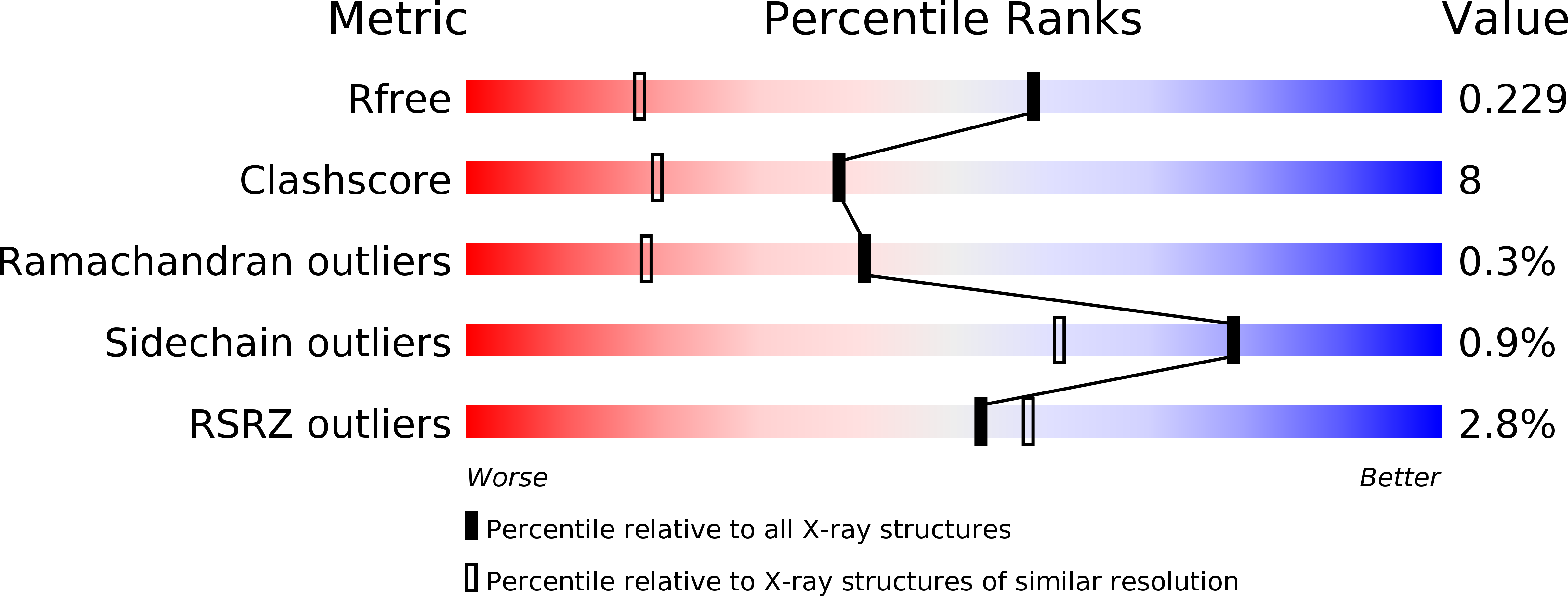
Deposition Date
2017-08-27
Release Date
2018-02-28
Last Version Date
2024-10-09
Entry Detail
PDB ID:
6AT5
Keywords:
Title:
Crystal structure of HLA-B*07:02 in complex with an NY-ESO-1 peptide
Biological Source:
Source Organism:
Homo sapiens (Taxon ID: 9606)
Host Organism:
Method Details:
Experimental Method:
Resolution:
1.50 Å
R-Value Free:
0.23
R-Value Work:
0.21
R-Value Observed:
0.21
Space Group:
P 21 21 21


